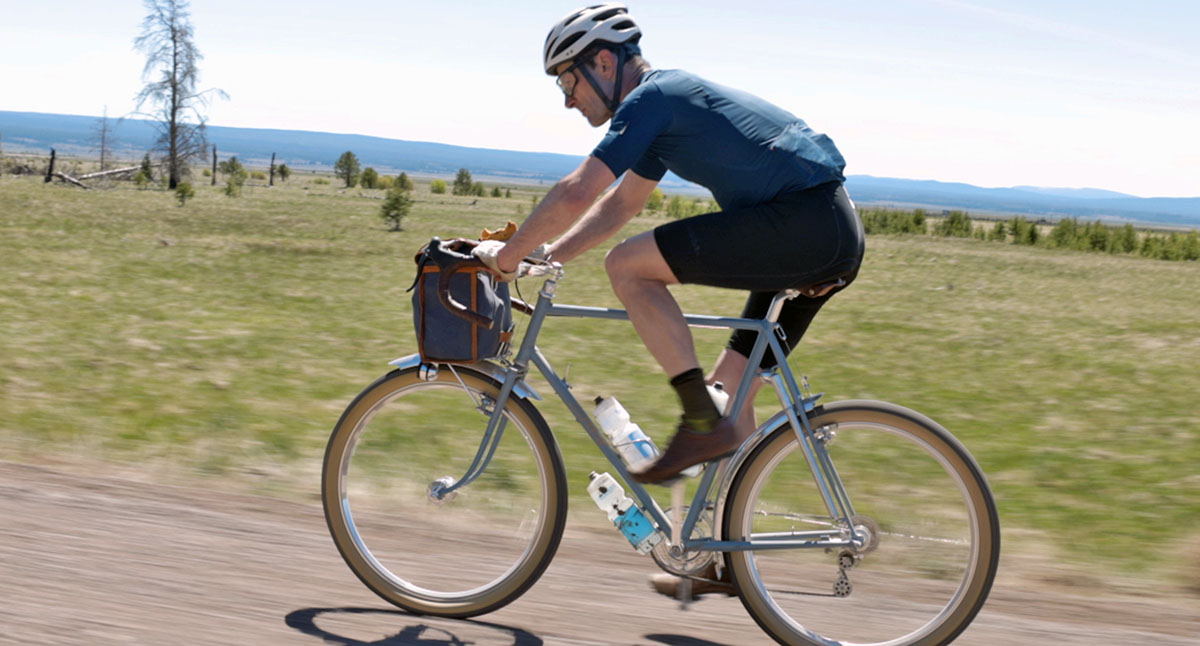Extra-Wide Handlebars and 165 mm Cranks
There isn’t much discussion of the subtleties of handlebar shapes these days, for a simple reason: Today’s racers ride almost exclusively on the brake hoods. Sometimes, they get in the drops. When you put out that much power, there’s little weight on your arms and hands, and all you need is to guide the bike.
It’s a different story when we ride ultra-long distances. Power outputs are lower, and we spend much more time on the bike. We need handlebars that don’t just offer multiple hand positions, but also room to roam as we subtly change positions. Even if it’s just to eat a cookie on the road (above). And those hand positions need to be ‘just right’ to prevent pressure that can lead to pains and even nerve damage. (Ted King told me that after winning the Arkansas High Country Race – a race that took almost 5 days – his hands were numb for almost a month.)
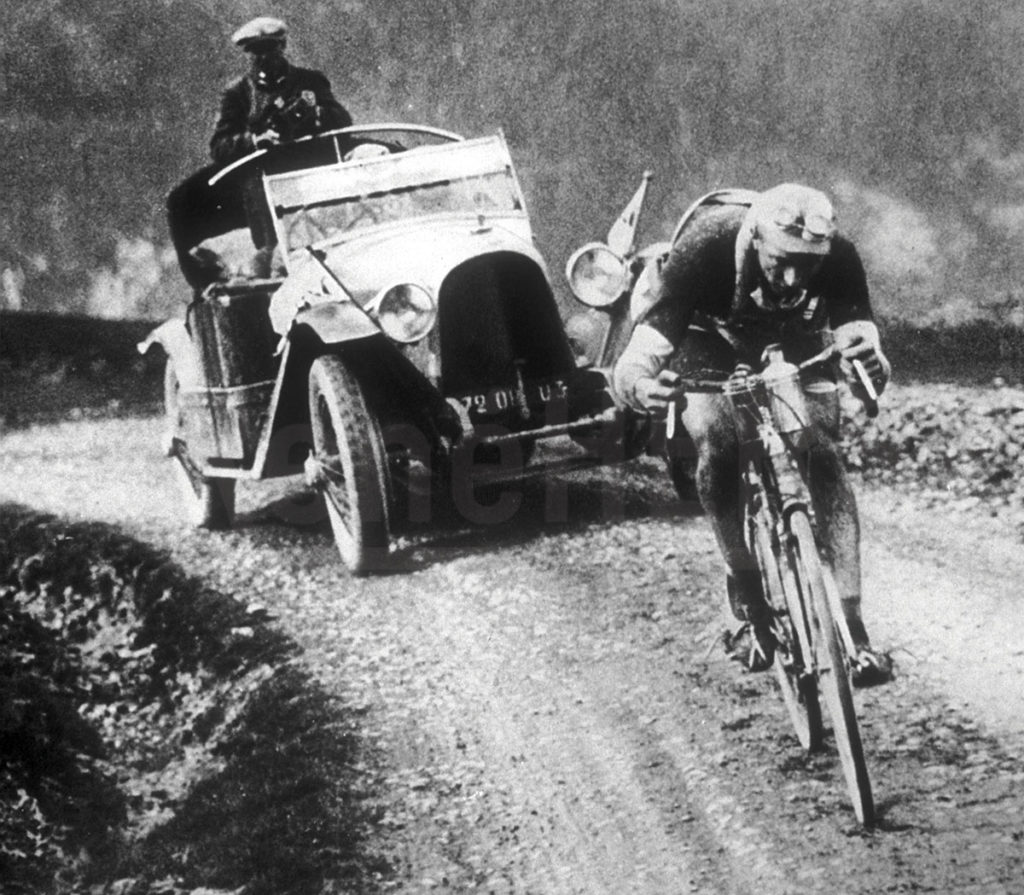
It’s just another example of how today’s racing technology doesn’t always work outside that narrow application. Back in the days when stages were longer and roads were rougher, pro racers were very particular about their handlebars. Lyli Herse once told me that when pro racers got their frames made by René Herse, they always brought their personal saddle and handlebars to be mounted on the new bike. Above is Nicolas Frantz on the way to winning the 1928 Tour de France – with ‘Randonneur’ handlebars on his bike!
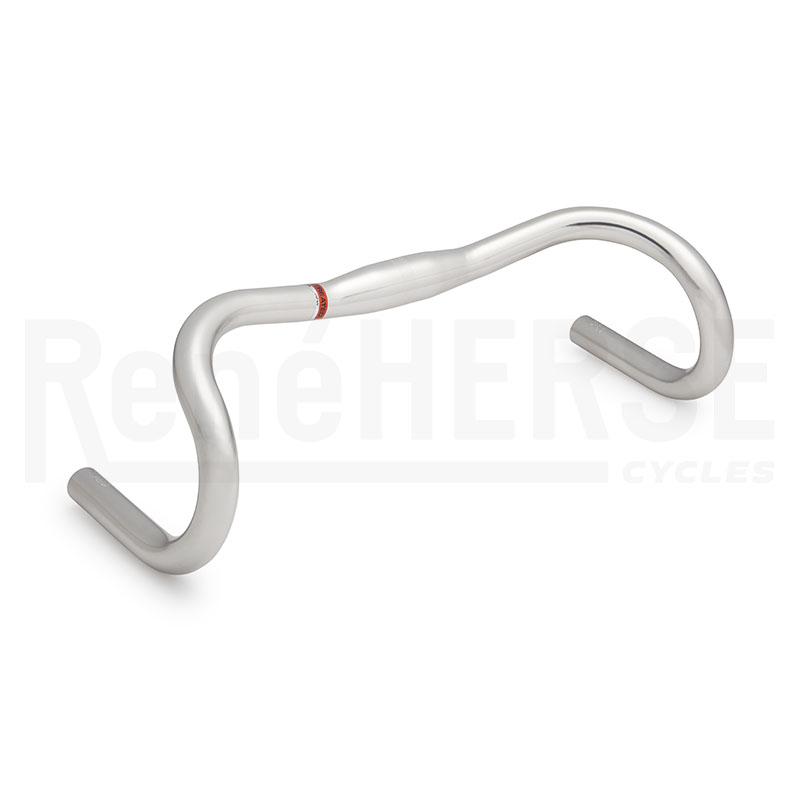
‘Randonneur’ handlebars are the original ergonomic handlebars. The upsweep isn’t there just to raise your hands – you could raise your stem for that – but it makes for a three-dimensional curve that fits perfectly into the cups of your hands. To work well, ‘Randonneur’ handlebars have to be ‘just right.’ There are many bars with a little upsweep that are actually less comfortable than standard handlebars. We studied dozens of bar shapes before settling on the one we use for our Rene Herse Randonneur handlebars. The result is a bar that fits perfectly into our hands and provides room to roam during long rides. Whether it’s the 26-hours of the Oregon Outback, or 56-hours of Paris-Brest-Paris, hand and shoulder pain are a thing of the past.
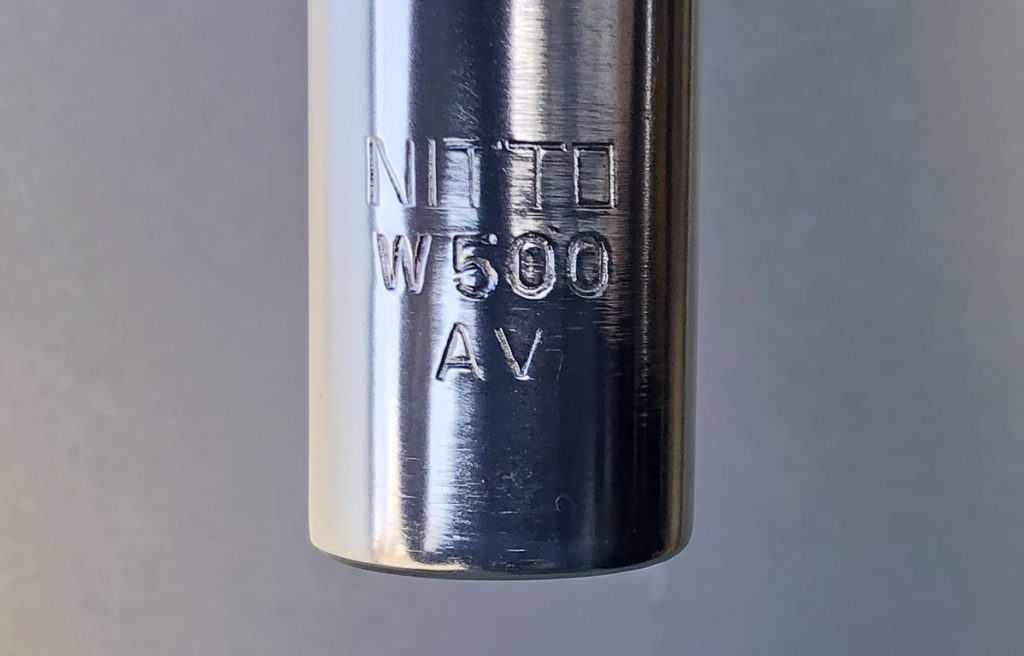
Each rider’s preferred handlebar width depends on many factors – body shape, riding style, bike geometry – so our Randonneur handlebars are available in widths between 37 cm and 50 cm. The 50 cm width is brand new. What started out as a simple idea – “Why not add a 50 cm version of our proven bars” – quickly turned into a much bigger project.
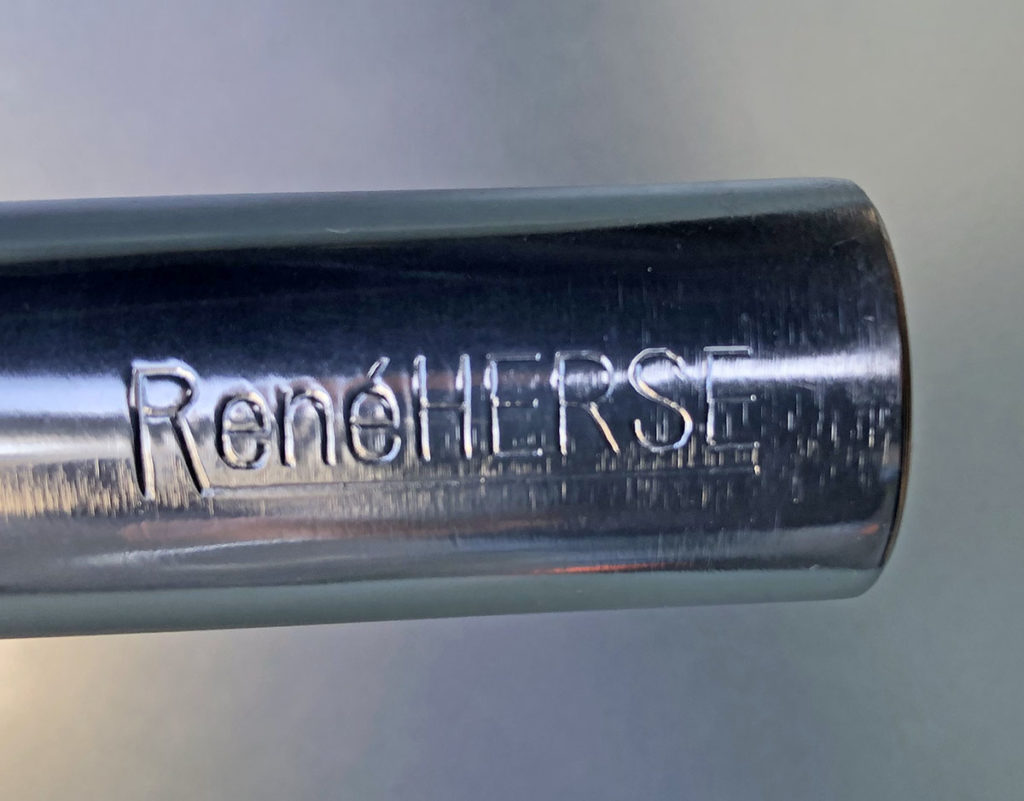
Rene Herse handlebars are made to our specifications by Nitto, who make the best handlebars in the world. All bars are tested to the highest ‘EN Racing Bike’ standards – and the first samples of the 50 cm bars showed that there could be problems. Longer bars have greater leverage on the stem clamp area, so the forces are much greater. We could have used thicker material, but that would have increased the weight. Together with Nitto, we worked on a solution that did not add weight beyond the extra material for the wider bars.
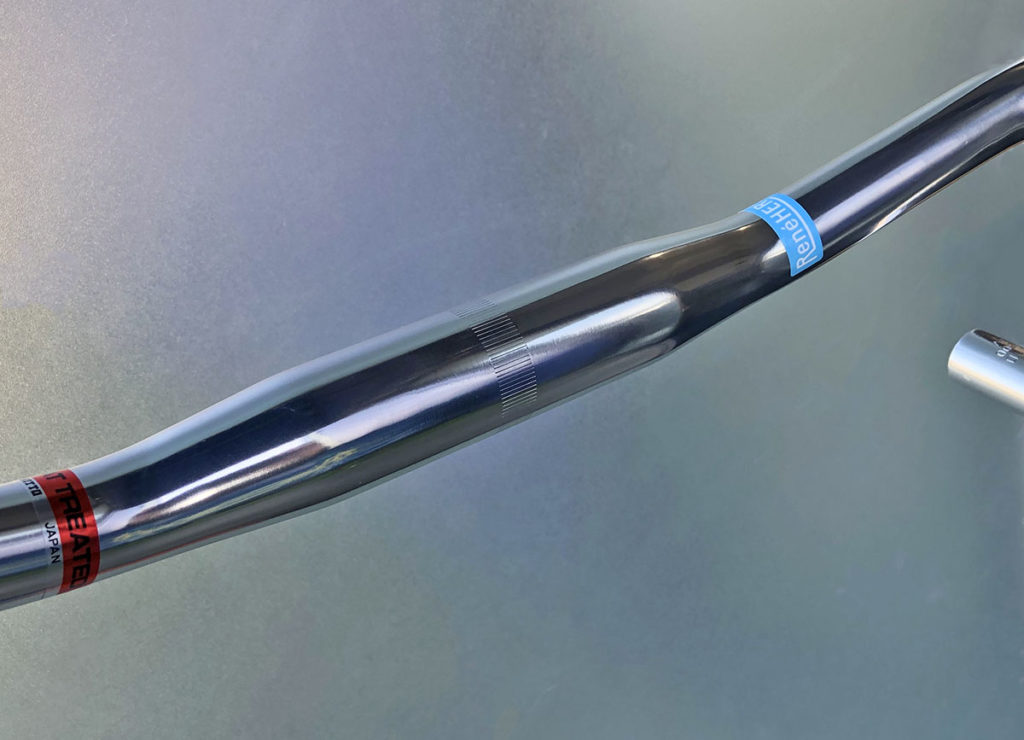
We tested many prototypes until we found a configuration that passes all tests with flying colors. The bulge at the bar clamp is 10 cm wide, which distributes the stresses further outward. We figure that with 50 cm-wide bars, riders won’t put their hands right next to the stem as they might with narrower bars… Like all our handlebars, the new 50 cm Randonneur bars are heat-treated for ultimate strength. The new handlebars are in stock in 31.8 and 25.4 mm clamp diameters.
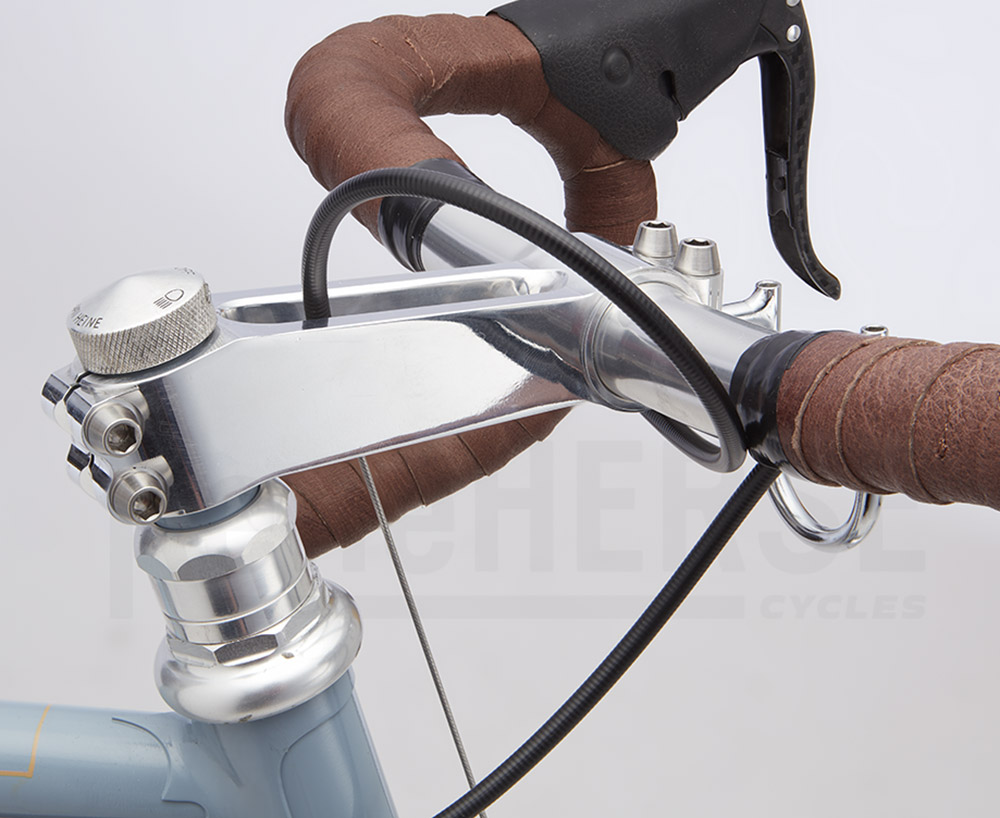
We’ve also added a longer tube to our stem program. The tube gets brazed (or glued) into the threaded steerer of your fork. The smaller-diameter tube allows for a slender (and superlight) stem. (As an added plus, there’s room inside the steerer for a light switch.) We now offer that tube in a 150 mm-long version in addition to the 100 mm, so you can use the Rene Herse stem on bikes with a higher handlebar position.
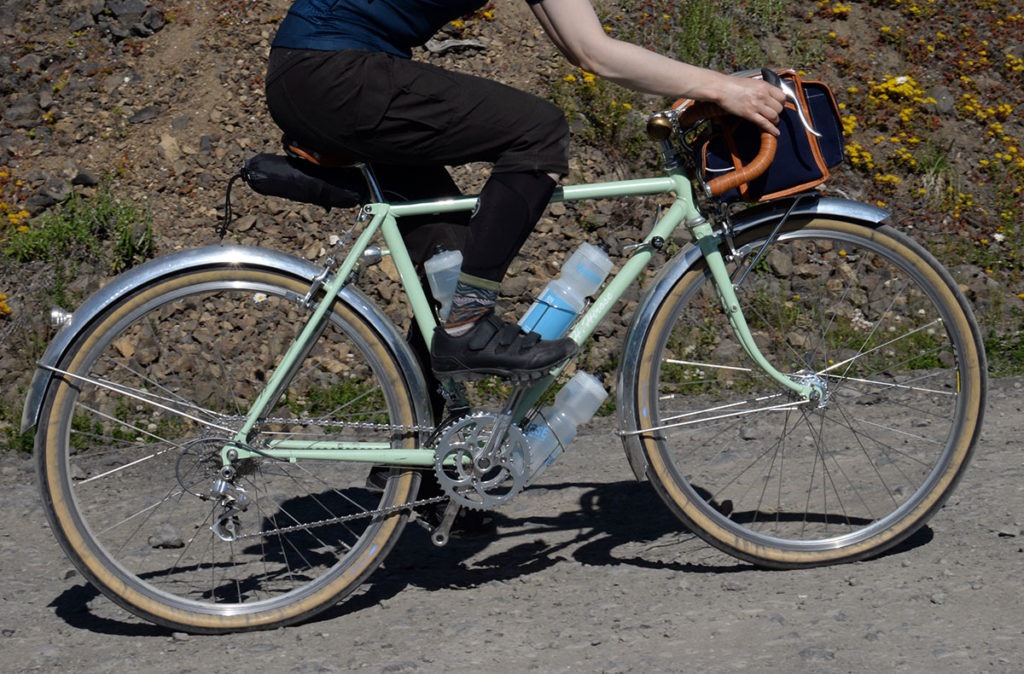
At the other end of the size spectrum, we finally have 165 mm crankarms in stock again. We are also finally starting to get some of our long-awaited chainrings. 26-tooth rings have arrived. The other sizes are in production.
Photo credits: Rugile Kaladyte (Oregon Outback); Miroir Archives/Photosport International (Nicolas Frantz; from ‘The Competition Bicycle’)
Further reading:


